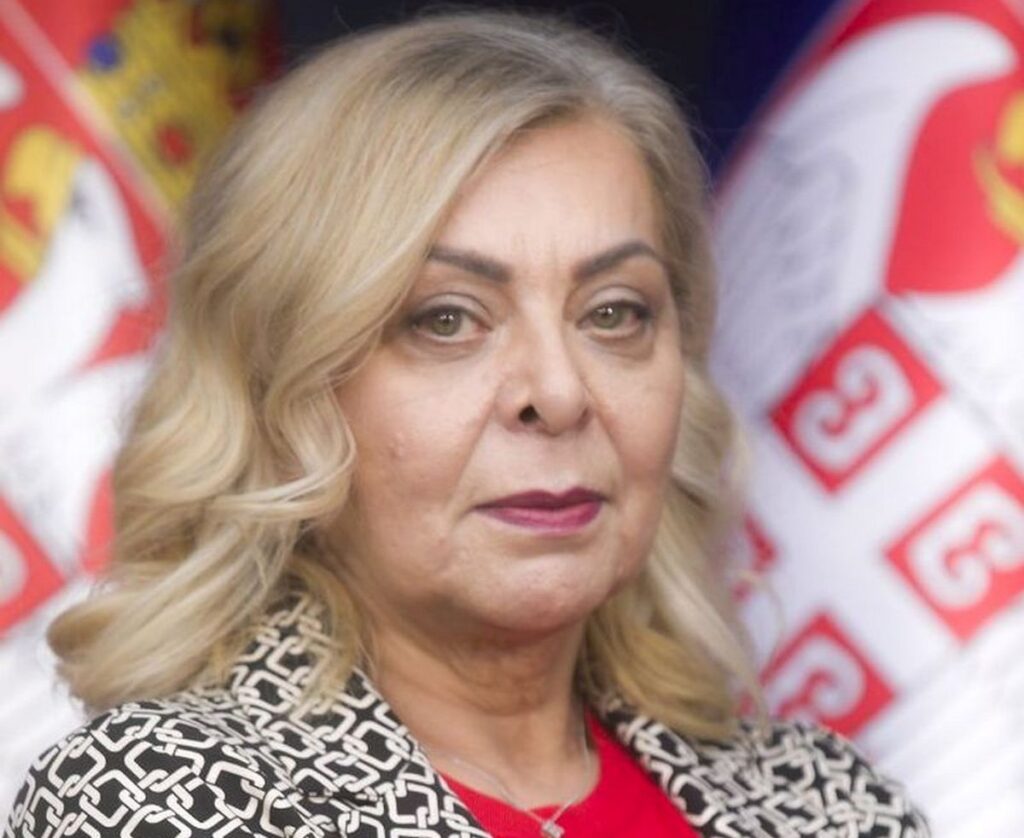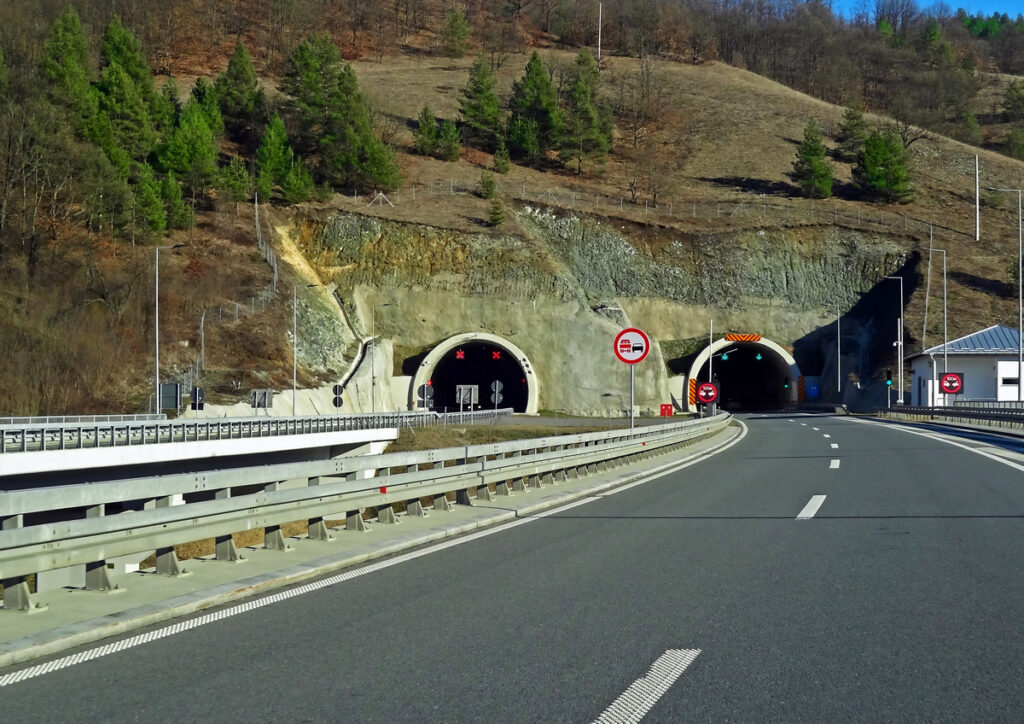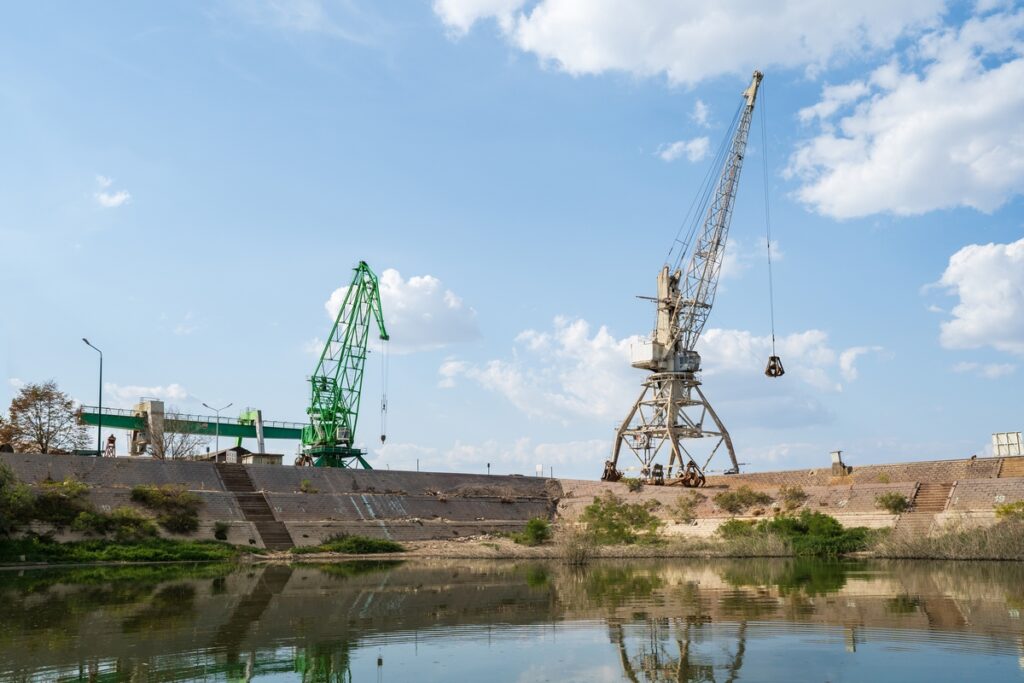The first 100 days bring new roads, corridors, and projects aimed at balanced growth and stronger connectivity

IN TALKS
Aleksandra Sofronijević
Ministry of Construction, Transport and Infrastructure
In its first 100 days, Serbia’s Ministry of Construction, Transport and Infrastructure has achieved significant progress in infrastructure development, through the construction of new roads and the implementation of key projects across the country. According to Minister Aleksandra Sofronijević, these works not only change the face of the country but also ensure balanced regional development and stimulate economic growth.
“The ‘Miloš Veliki’ motorway section from Pakovraće to Požega, 19.56 kilometres long, has been opened. We have added new kilometres of expressways, reconstructed local roads, built and renovated railway lines, opened a new runway at ‘Nikola Tesla’ Airport, and introduced new flight routes from Belgrade and Niš,” the minister said, adding that these are only part of the results of her team’s dedicated work.

Construction continues on the Morava Corridor, which, she noted, will significantly improve living conditions for 500,000 people in Kraljevo, Kruševac, Vrnjačka Banja, Trstenik and surrounding areas. At the same time, work is underway on the Danube Corridor, with the aim of developing both the western and eastern parts of the country equally. Final works are being carried out on the Sremska Rača – Kuzmin motorway, 18 kilometres in length, and the 1,320-metre bridge over the Sava River.
Opened key motorway sections, launched major corridor projects, and improved airport and rail infrastructure across Serbia
Sofronijević also pointed to the construction of the Fruška Gora Corridor, with the longest tunnel in Serbia, the “Smile of Serbia” expressway, and the Belgrade – Zrenjanin – Novi Sad motorway, which will significantly improve Vojvodina’s connectivity.
Beyond road infrastructure, attention is being given to the reconstruction of the Port of Prahovo, the third phase of the Niš – Dimitrovgrad railway reconstruction on the Sukovo – Dimitrovgrad section, which will be electrified and capable of speeds up to 120 km/h once the 86-kilometre stretch is completed.
Focus on balanced regional development to boost economic growth and attract new investments
Among other major initiatives, the minister highlighted the Integrated Development and LIID projects, implemented in cooperation with international partners. These include the reconstruction and construction of local roads and streets, the arrangement of parks, the construction of pedestrian and cycling paths, the improvement of energy efficiency, and the enhancement of traffic safety — all based on priorities identified by local governments to improve quality of life.

“All these projects, whether major state undertakings or those that directly impact everyday life, will allow every part of Serbia to develop evenly. Every city will be able to attract new investment, and every town and village will have safe and quality roads — meaning more jobs and greater chances for young people to stay in their communities,” Sofronijević stressed.
She concluded by saying she is satisfied with the results so far, but there is still much work ahead. “There are still places in Serbia where sewer systems, railways and asphalt roads are needed. There are rivers that we must bridge so that the whole country is connected, and every citizen has equal development opportunities,” the minister said.